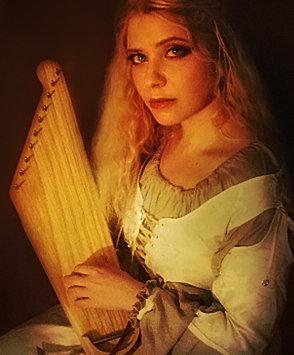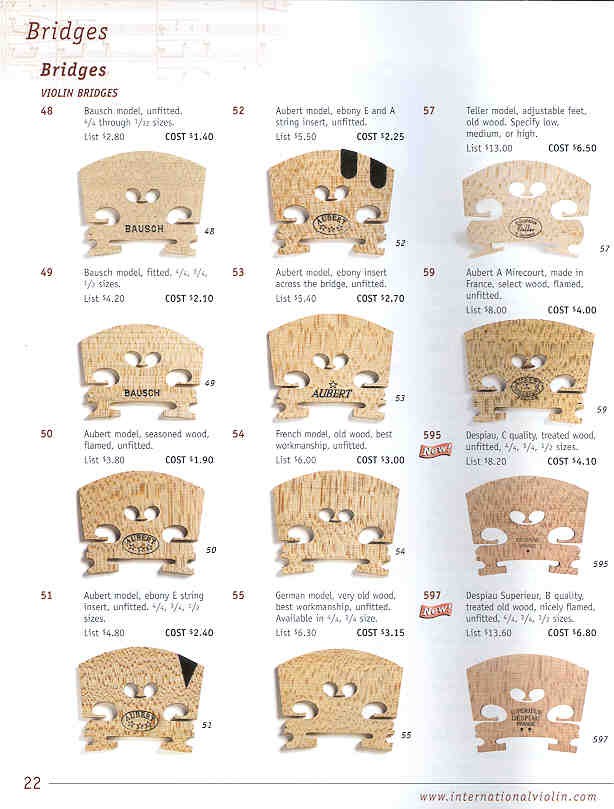The er-hu of China. “Er-hu” means “two-stringed barbarian instrument” indicating that the Chinese inherited it from Central Asian nomads. The two strings were originally made of silk but are now metal and tuned fifths apart. The bow is made from horsehair and interlocks with the strings and cannot be separated from them. The diaphragm is made from python skin upon which is mounted a bridge. Korean fiddles are similar to the Chinese.

The talharpa was popular in Scandinavia but now played mainly by the Swedish population of Estonia. Played with a horsehair bow, the talharpa may have had horsehair strings at one time as the instrument is also called a tegelharpa where “tegel” means “tail hairs.”

The jouhikko of Finland (below) has horsehair strings and is played with a horsehair bow. The jouhikko looks very similar to the talharpa and both instruments obviously have the same genesis. The middle string is a drone.


The kantele (above) is another zither from Finland although it is not bowed. In the Finnish creation epic called Kalevela, the first kantele was made from the jawbone of a giant pike fish by the sage/hero Väinämöinen. The strings were provided by the tail hairs of a stallion belonging to a spirit-being called Hiisi. Modern kanteles can have up to 40 metal strings. In Scandinavia there are tribes as the Lapps, a.k.a. Saami, who inhabit Lapland, a region they call Sápmi in far northern Scandinavia (which includes northern Sweden, Norway, Finland and Russia’s Kola Peninsula) and who herd wild Basjkir horses from the Urals (as well as sheep and reindeer) and make a fermented beverage called koumiss from mare’s milk same as the Central Asian nomads (and which is widely available in markets throughout Mongolia). There is little doubt that the Scandinavians inherited these instruments from such nomads.

The Saami (pictured above) are varying combinations or Mongolian, Turkish, Rus and Scandinavian bloods and vary widely in physical appearance and phenotype.
From Wales, the crwth (pronounced "croot") is a six-string bowed harp played with a horsehair bow (below). It differs from the talharpa and jouhikko in that the crwth has a fingerboard. The instrument appears to be very similar to an instrument found in Egyptian art dating back to 1900 BCE although the Egyptians used a long plectrum rather than a horsehair bow. This instrument likely came to Europe through the Arabs or Moors. Its genesis may not have come from Central Asia as the convention of bow-use appears to have been a later development.

In Africa, the fingerboards retained the curve of the bow and became the earliest harps but in Central Asia the bow and gourd became a single piece of wood and the bow was straightened into a fingerboard so it could be fingered to change the pitch of the strings. Below, An African lute that still retains the shape of the hunter's bow and is the antecedent of the harp.

Eric Halfpenny also notes that the bridge of the violin and viol instruments in the various Central Asian tongues mean "horse" and even resemble a horse in abstract:

Nor can we neglect the importance of bees. The Central Asian nomads as well as the Turks and Rus were avid beekeepers and used the wax to make rosin which is necessary to put on the bow hairs so that they will grip the string but they also worked it into the wood of their instruments to preserve them. The stringed instruments they played often sound very bee-like in quality as the string warbles in tone.
So let us "bow" to our Central Asian ancestors and thank them for the bowed instruments without which the world's musical vocabulary would be very poor indeed. And let us also thank the horse, tree, sheep and bee for providing us the materials and even the sounds we first sought to emulate with these instruments.